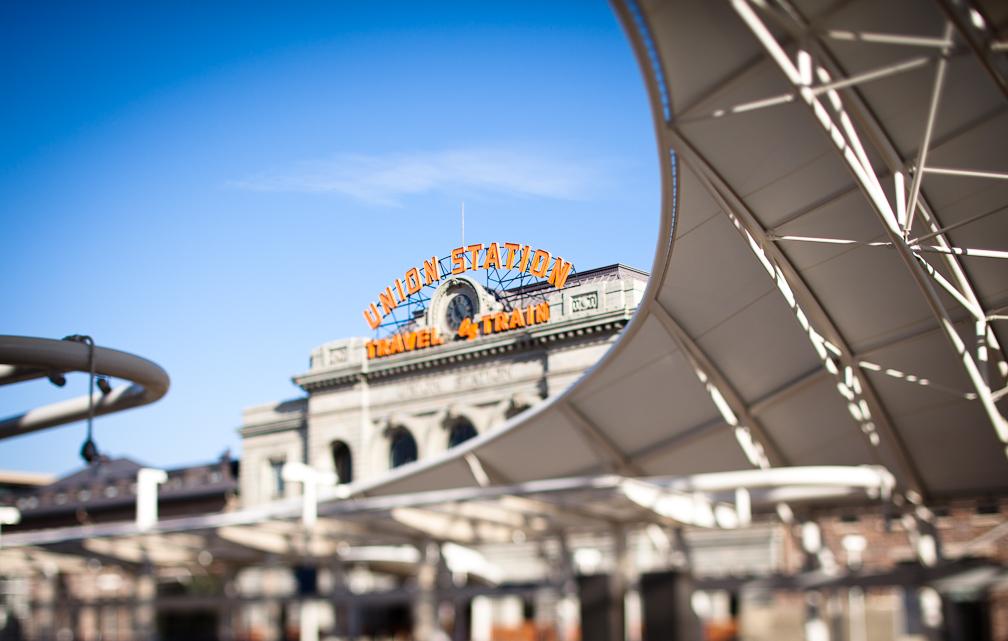
This weekend, the public gets the chance to step inside some of Denver's most treasured and often closed spaces.
From the Equitable Building, the city's first high-rise, to the recently renovated Denver Union Station to newer structures like the DaVita Building, the 11th annual Doors Open Denver features 57 structures. This year's theme is "Denver Classics Then & Now."
Brit Probst,a Denver architect and one of the event's organizers, says Doors Open Denver offers people an opportunity to learn and talk about Denver's urban landscape.
"The city is really evolving," Probst tells CPR's Pat Mack. "For even those of us who have lived here a long time, it's amazing what we don't know about the buildings, the plazas and the public spaces, and the changes that are happening in our city."
Highlights from the conversation are below. Listen to the entire interview by clicking the audio player above.
Probst on the theme "Denver Classics Then & Now"
"To a large extent, what Doors Open Denver is all about is exposing Denver classics to people's awareness. Some of them are brand new buildings. Some of them are historic buildings. ... This year in particular though, we're opening Union Station as our headquarter site, which has both a great history and a great current story. And it's also kind of the genesis for a whole redevelopment in that area."
On what the featured buildings this year say about Denver
"I think it says that Denver is growing up. It's been a long time since I've heard people refer to Denver as a 'cow town.' "
On why Doors Open Denver keeps happening each year
"Of course, there are always new buildings that are on the list. But even in a good year, you're lucky to visit six or seven of these sites. If you were religious about attending every year, it would still take a decade to look at the buildings from one year's inventory let alone 11 years inventory."








